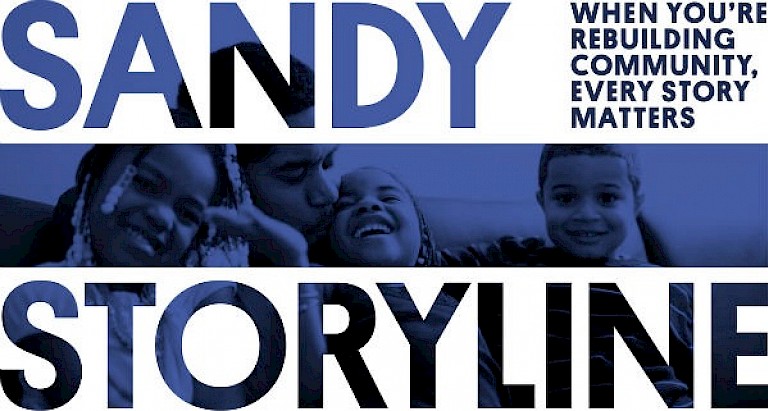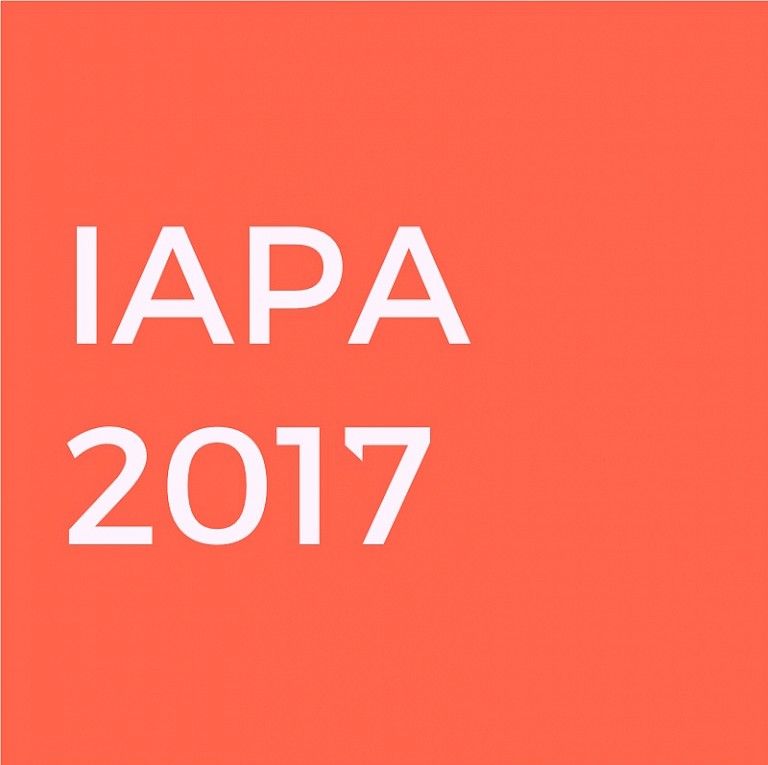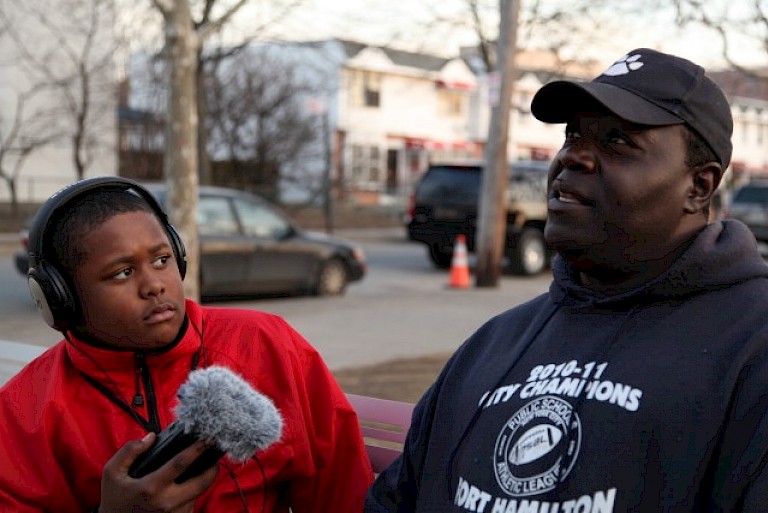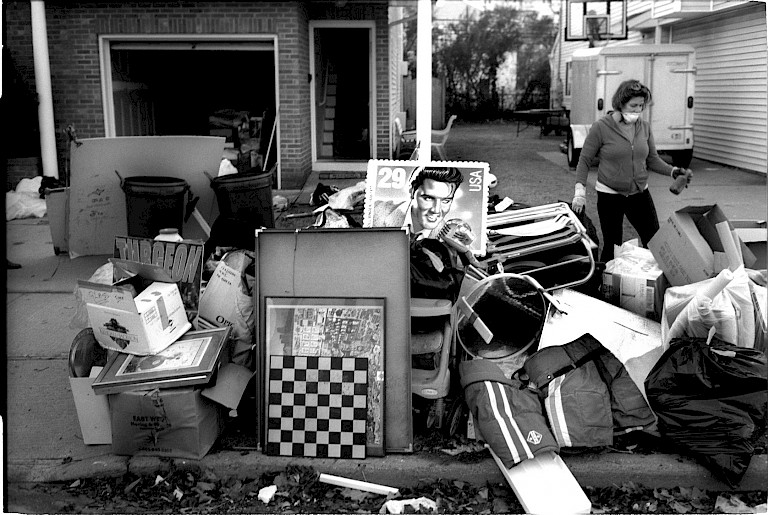



The project has helped to address problems entrenched within Sandy’s destruction, including climate change, sustainability and economic inequality. In summary, Sandy Storyline is a revolutionary approach to public art due to its creation of civic dialogue via the use of technology and story sharing. The project is successful because it captures the community narrative of a natural disaster and has given these communities a say in their own future. The accessibility of the online format has allowed for many to contribute as well as for an easy dissemination of information. The education initiatives have allowed for those normally without a political voice (including youths and those without access to technology) to learn multimedia skills and to contribute their thoughts, memories and viewpoints. Finally, the project has uniquely captured the human side of Hurricane Sandy, a side easily forgotten by history. It has brought people together and continues to do so through events, exhibitions, seminars and talks.
While volunteering with relief efforts following Hurricane Sandy, Rachel Falcone, Michael Premo and other creators of Sandy Storyline realized how devastating the damage to many communities was. They recognized the opportunity for these communities to be reshaped physically and politically following the storm and the need for actual community members to be a part of this process. This participatory documentary was created in order to document the voices of those impacted by Sandy and to help create an inclusive, democratic process of community rebuilding. Falcone’s experience with oral history documentation and radio/multimedia broadcast production as well as Premo’s experience as a photographer, journalist, documentary storyteller and community organizer helped to shape the project.
All copyright belongs to Shanghai Academy of Fine Arts, Shanghai University.



